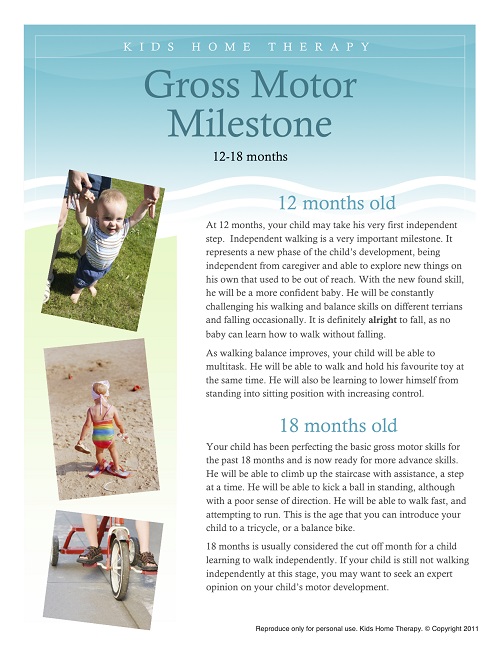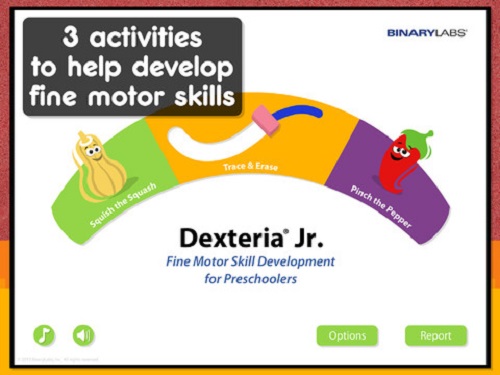Difference Between Gross and Fine Motor Skills

Gross vs. Fine Motor Skills
Motor skills are necessary for an individual to make use of their skeletal muscles effectively in a goal-directed approach. However, motor skills will vary greatly in terms of the proper functioning of the brain, joints, skeleton, and most importantly, the nervous system. Often times, motor skills are learned throughout life, but they can be greatly affected by disabilities; efficient motor development is necessary. There would be development in the movement and coordination of one’s limbs. Not only that, there would be development of strength, balance, and perceptive skills. Motor skills are subdivided into two kinds, namely: gross motor skills and fine motor skills. The differences between them will be further discussed in this article.
By definition, gross motor skills are the skills learned and acquired when a person is still a baby up until early childhood, which is part of an individual’s motor development. Once a child reaches the age of two, they will be able to stand up, walk, run, and walk up the stairs. Such skills are developed throughout early childhood and will continue to be controlled throughout the years of development into adulthood. It is safe to say that gross motor skills come from a huge group of muscles and the movement of the entire body. Fine motor skills pertain to the coordination of muscle movements in the body like the eyes, toes, fingers, etc. They allow one to write, grasp small objects, and fasten clothing. Fine motor skills enhance one’s strength, fine motor control, and dexterity in the hands.

Both fine and gross motor skills can be assessed. You can take your child to a therapist so they can run specific gross motor tests on your child. This is assessed using the Peabody Motor scale, most commonly known as a PDHS-2. Your child would have to stand up as instructed by the therapist. This is to assess their stationary position, which requires them to take a 30-item test that would assess their locomotion as well. Babies can lift their heads up and gradually sit upright. Your child would then have to crawl, stand, and walk. This is the assessment of your child’s ability to move with some assistance, like the other children their age. All you have to do is cooperate with your therapist as they assess your child’s object manipulation. Additionally, the therapist will check your child’s ability to throw, catch, and kick a ball. Lastly, they will conduct a visual motor perceptive ability test. A child’s fine motor skills are best checked when the child in school. You can ask them to pick up items such as buttons, straws, marbles, or blocks, and put them in containers. These items can be placed in mugs, jars, boxes, or cups. Tell your child to stack the block – this will help you determine their fine motor capabilities. Next, check their twist manipulation. Ask them to open the different jars in front of him, and tell them to screw the lids back on. Lastly, ask your child to button their shirt or tie their shoelaces.
Both gross and fine motor skills are essential to the physical and mental development of a child. What you can do is enhance these motor skills by incorporating activities into your child’s life. Fine motor skills can be developed by giving them a paper and crayons; this will enhance the dexterity of their hands. Choose activities that can keep their hands busy. As for gross motor skills, you can allow your child to play outside with a ball. Another good activity would be to take them to the park and play in the playground just like the other children.
Summary:
1. Motor skills are subdivided into gross motor skills and fine motor skills.
2. Gross motor skills are developed during the infancy stage, while fine motor skills are developed during the preschool age.
3. Gross motor skills can be assessed by the PDHS-2, while fine motor skills can be checked by placing items in a specific container as well as through twist manipulation.
4. Gross motor skills can be enhanced by allowing a child to play with a ball or in the playground. Fine motor skills can be enhanced by keeping the child’s hands busy.
- Differences Between Fraternity And Sorority - January 8, 2014
- Differences Between Lucite and Plastic - January 7, 2014
- Differences Between Oil and Butter - January 6, 2014
Search DifferenceBetween.net :
Leave a Response
References :
[0]https://childdevelopmentresources.wordpress.com/tag/motor-milestones/
[1]http://www.funeducationalapps.com/2013/04/dexteria-jr-improves-fine-motor-ot-skills-in-children-app-review.html
